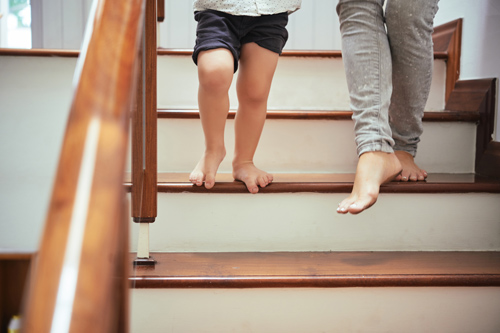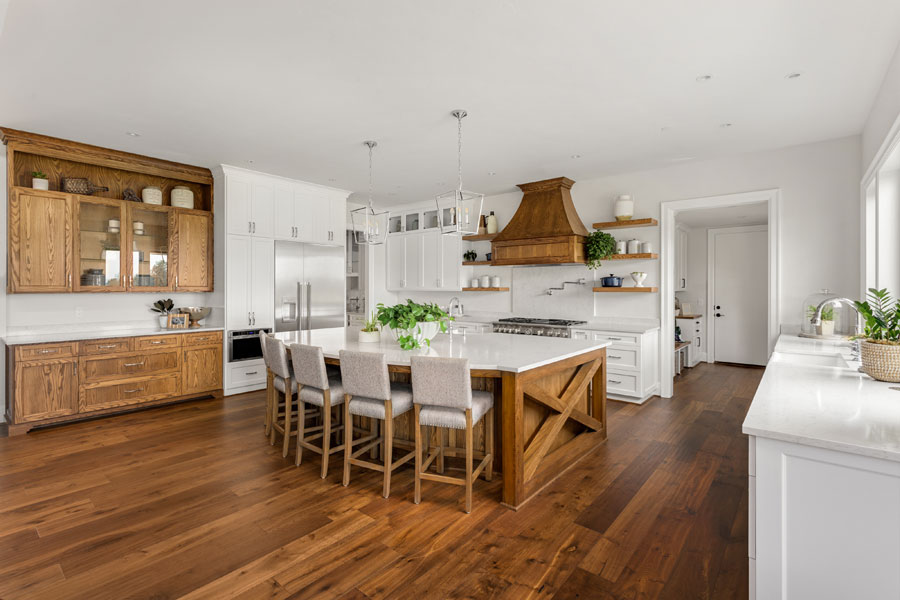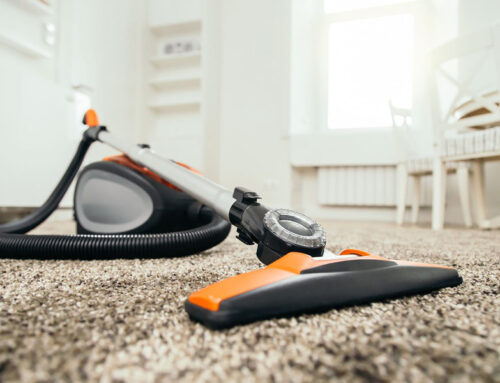If you’ve thought about the possibility of upgrading the floors in your home, you have no doubt considered investing in the timeless beauty of hardwood. Wood floors offer the perfect combination of style and function along with a valuable return on investment.
Join us as we run through some of the pros and cons of adding wood flooring to your home as we debunk some of the greatest myths surrounding the popular design feature.
Wood floors are expensive and time consuming to install

While wood floors may require a higher investment up front, over the long term they are more cost effective than many other flooring options. When properly installed and cared after, they can last for ages. Other flooring options like carpet may start to show signs of wear after 5 years and will likely need to be repaired or replaced within a decade.
When you’ve finally made your choice, it’s always best to hire a professional for the installation. Modern floors are designed to slot together in easy-to-assemble pieces, which means a reduced construction time and faster install overall.
Wood floors are not kid and pet friendly and they scratch easily

Likely one of the most common myths we’re happy to disprove. Even if you live in a home filled with children, visitors, and pets, hardwood is still a great choice.
Use floor runners in high-traffic areas, have children remove shoes in the home and make sure high-heels have protective plastic heel haps. For pets, keep their nails well-manicured to avoid playful floor scratches. If in the unlikely instance floors do get scratched, wood polish, wax and buffer can help diminish most superficial damage.
Keep in mind different woods also come in different levels of hardness, so choosing one that is exceptionally dense will also aid in your fight against damage.
Hardwood floors are cold and fail to add warmth to a room

Take our word for it, wood floors can add both physical and visual warmth to a room. Think cozy cabin or mountain-top lodge, what do both homes usually have in common? The answer – wood accents.
Wood is not only a great insulator but adds an organic element to the home that combines the low-maintenance convenience of tile or laminate with a luxurious feel. Both in winter and summer, wood maintains a steady temperature. Since it’s dense but porous interior fails to hold extreme temperatures, wood is less prone to extreme heat or cold fluctuations.
If you are still concerned with the possibility of icy floors in the winter, look into underfloor heating. While there’s no hard and fast rule for the thickness of wood when installing one of these systems, we recommend choosing a thinner board for a more efficient heat transfer. Typically used under tile and in bathrooms, underfloor heating has reached greater popularity for its bespoke quality and cozy benefits.
Hardwood floors are difficult to maintain

If you can handle maintenance on a granite countertop, you’ll be a professional when it comes to caring for wood floors. Unlike their unsealed cousins of the past, modern wood floors are made to resist scratches, dents and other signs of wear.
For basic maintenance, invest in a soft static mop or a vacuum with a floor brush attachment. Give them a bi-weekly dusting to remove loose grit or pet hair and make sure stains and other wet messes are wiped up quickly.
While wood is made to repel moisture, don’t let water or other spilled liquids sit for too long.
Use throw rugs in entryways or near doors to trap dirt and debris before they enter the house and avoid over waxing; which can actually dull the look of your floors over time. A simple sweep and wipe with a damp cloth is really the only daily upkeep you need.
Finally, engineered floors aren’t real wood floors

Contrary to what you may have heard, yes, engineered floors are actually made of real wood. These days, modern day laminate is hard to differentiate from solid hardwood. While engineered hardwood was previously considered a price-slicing shortcut, these days it has proven to be both environmentally friendly, affordable and high-quality.
The term “engineered” is misleading. Rather than referencing an inferior product, one not made from real trees, it simply indicates that a flooring material has undergone a construction process. The main difference is that engineered hardwood floors require less wood to be used, which means less trees are felled in order to produce this fantastic alternative.
Instead of milling a log into planks from which floor boards are created, engineered boards are made from a solid wood top layer, an interior multi-ply backing, and a base. This engineered substrate makes up the majority of the board, meaning it can come from various sources, like fast growing renewable trees.
With engineered hardwood, you have the look of oak, for the price of birch and the sustainability of bamboo. For the amount of wood it takes to make one solid board of oak, lumber mills can produce four pieces of engineered oak hardwood. This is not only smart, but cost saving and great for the environment.
No matter the myth, wood floors are a great choice
Professionally installed wood floors will add years of value and beauty to your life. They are sustainable, durable and great for active families.
Why wait any longer? Add wood floors to your space and get started enjoying their beauty today. Visit us at one of our six Baltimore locations or book a home appointment now. We are happy to come to you.






